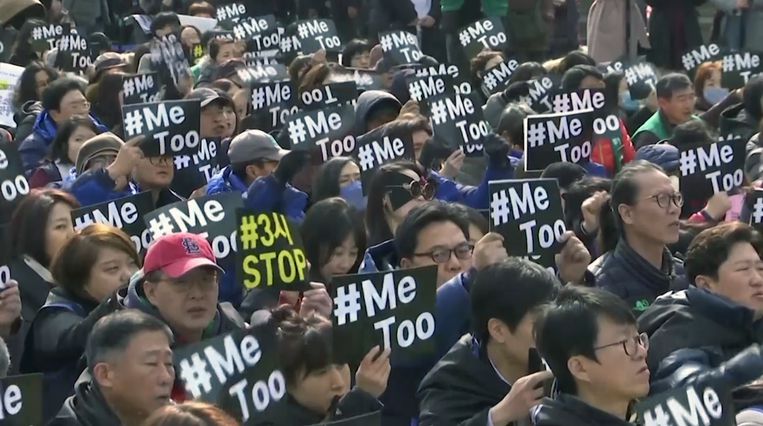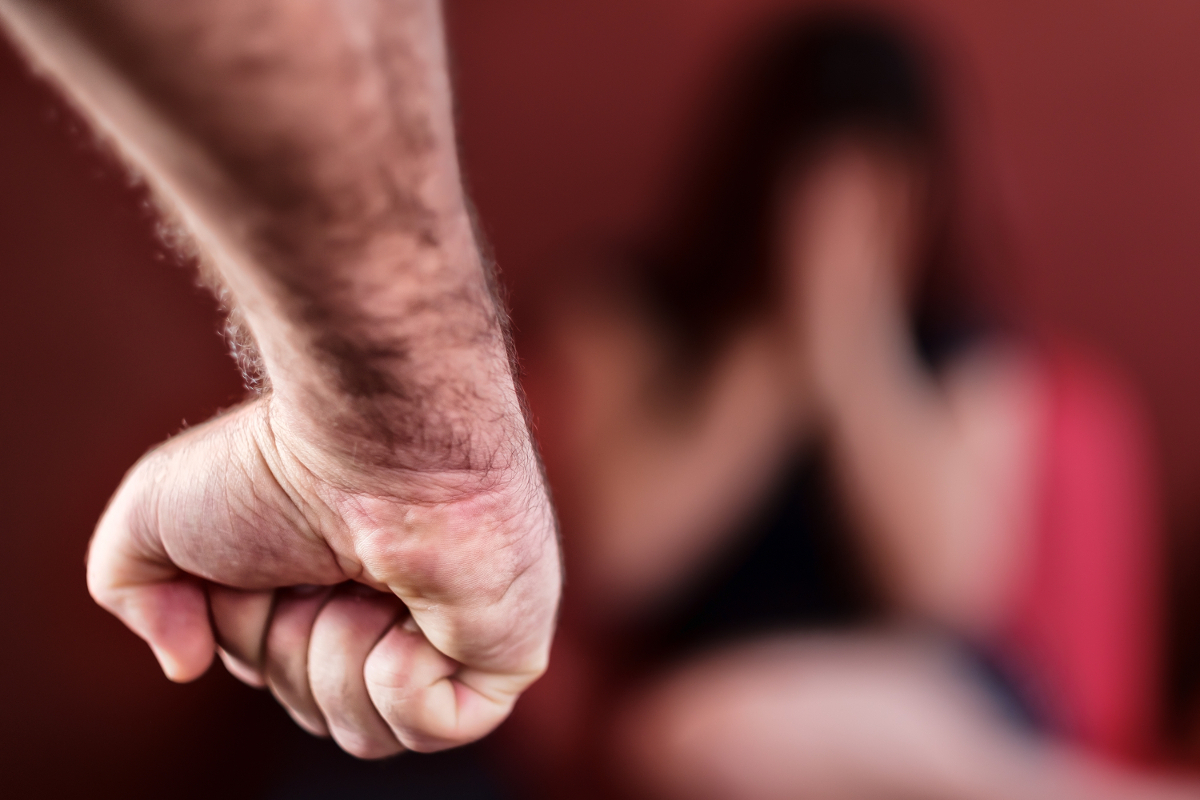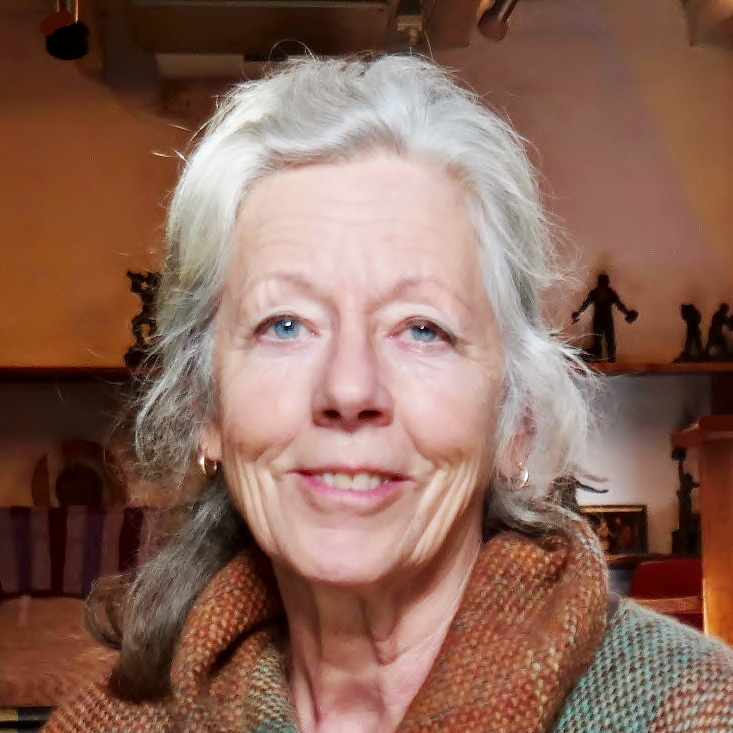Me Too
A protest movement that was effective thanks to the rapid propagation of the complaint
I’m chasing the news somewhat, I know. Honestly: I hadn’t intended to write anything at all about #MeToo, because after Alyssa Milano’s tweet in October 2017, the reactions came in like a tsunami and there are fierce aftershocks still. Daniele Gatti, the chief conductor of the Concertgebouw Orchestra, recently was dismissed instantly due to an investigation by the Washington Post into sexual abuse of power within the music business. He too faced accusations.
Another reason for my late reaction to this Twitter hashtag is that I am slightly bothered by the ‘Me too’ tagline. What does it mean? There is a vague generality to it. What it is about? Child abuse, rape, unwanted physical contact, or an awkward attempt at flirting? For instance, there is no mention of situations where women were able to take action or those in which they were unable to.
Powerless against sexual intimidation?
Is a woman really without power when faced with sexual intimidation? In the last century (1975), Ambo published a booklet by psychotherapist Dr. Manuel J.Smith When I say no, I feel guilty. It deals with the fact you can say no to manipulative or intimidating behaviour. If you can say no, you can set boundaries. Only we know what we do and do not want and can give. If you accuse another person of crossing your boundaries, it simply signifies a weak spot in your boundary. This obviously doesn’t stretch to child abuse and any physical abuse, including against animals.
At furious speed
MeToo has set a protest movement in motion, that is for sure. Those with power in religious and political circles, as well as sports, entertainment and the arts were suddenly faced with women and men who were no longer silent about what had happened to them. Thanks to Me Too, complaints about the sexually harassing behaviour of these big shots multiplied at furious speed. While evidence was often lacking and direct witnesses were hardly ever found, strength in numbers prevailed.

The roots of violent behaviour
Last week, I came across an article in Trouw (7 August 2018) by editor-in-chief Schoonen, about a theory by French anthropologist Jonathan Stieglitz about the fact that women who are abused by their husbands bear more children. An evolutionary reason for deep-rooted violence against women, according to the anthropologist. Stieglitz set out to prove his theory by travelling to Bolivia, home to what’s said to be the healthiest people in the world: the Tsimane, a tribe of hunters in the Amazon. It seems to me there is something very wrong with these healthy people if 85% of their women suffer violence. It is true that the Tsimane women bear many children. Does this brutish behaviour by the man have anything to do with the insecurity/fear that the child coming into the world is actually his? It takes one to know one, right? The second reason is that a man wants to have many children and a woman doesn’t.
Evolution theory is so convenient, you can attribute anything to it. For example, that this violent behaviour is not just some criminal derailment, but a deep-rooted trait.

Roots anchor the tree or plant, search for water, oxygen, and minerals needed for growth. In what kind of ground are humans anchored if they think they can thoughtlessly and unscrupulously lord it over others? Reading this article impelled me to put some of my thoughts on Me Too in black and white.
Who hasn’t been touched inappropriately or worse once or several times in their lives, as a child, teenager, or adult? It made us angry, indignant, deeply hurt, ashamed, maybe even guilty, and we kept our mouths shut. We let it happen, even if it happened again. Were we dwarfed by power, or did the shame make us so small?
The museum world
At the end of last year, Me Too also arrived at the museum world, asking difficult questions. Two sisters, Anna Zuccaro and Mia Merill, started an online petition to ‘force’ the New York Metropolitan Museum to remove the painting “Thérèse Dreaming” (1938) by Balthus, a French-Polish artist. This was because of the yearning pose struck by the reclining young girl. (Balthus is known for his paintings of young models in lascivious poses)
I put together a petition asking the Met to take down a piece of art that is undeniably romanticizing the sexualization of a child. If you are a part of the #metoo movement or ever think about the implications of art on life, please support this effort.
The sentiment was that ‘in view of the current climate surrounding sexual harassment and accusations, the museum is romanticising voyeurism and the objectification of children.
Does the artist abuse his model?
If art expresses sexual intimidation, can it be shown to the public? After all, it is reasoned that the model is subordinate to the artist. Did the artist abuse his position in order to depict the model in an embarrassing manner? The museum refused to remove the work, despite the petition gaining more than 100,000 signatures.
The two sisters will no doubt be very busy if they are to target every museum in their sight, as many controversial nudes have been exhibited over time, often a lot more shocking than the works by Balthus.
Our website www.uniquesculptures.nl also features art with erotic connotations. This is the freedom an artist has, and if a model poses for me, this is done with his or her permission or their parents’ permission. To those who are obsessed with discovering sexual intimidation in erotic art I would like to say:
Beauty is in the eye of the beholder
Who can still see the wood for the trees?
The Dutch channel BNN airs a programme called Spuiten en Slikken, allowing the viewer to step into the world of drugs, sex, alcohol, and nights out. All of it is shown in its raw and bare essence, without any shame. Not viewed through the eyes of an artist, but through the lens of a camera which is operated by the director. I saw insecure young people, teenagers and twenty-somethings, who represented a very easy target for manipulation once the cameras were aimed at them. Talk about intimidation...
Who knows, we may find them at #MeToo at some point in the future.
